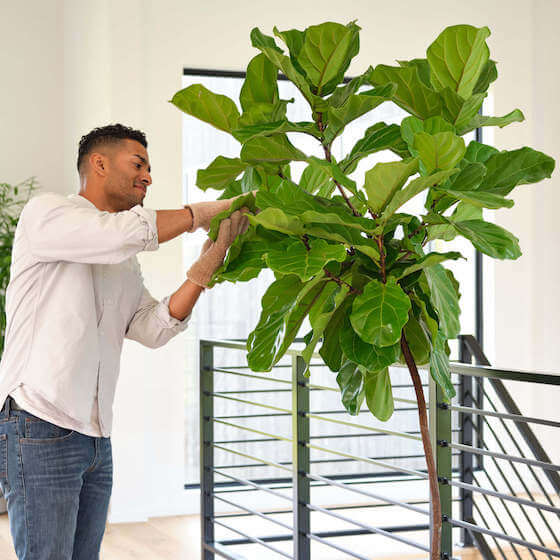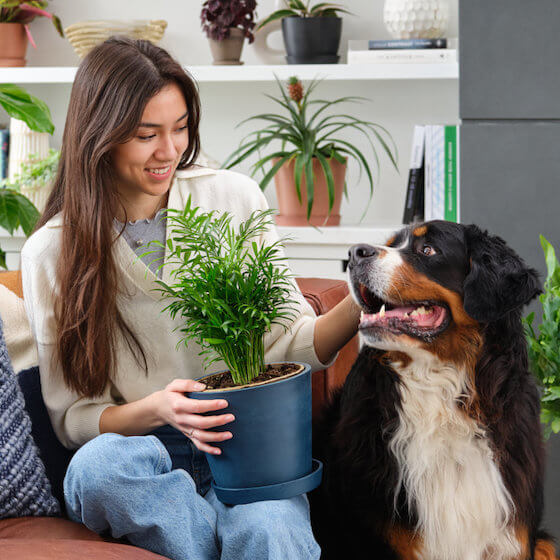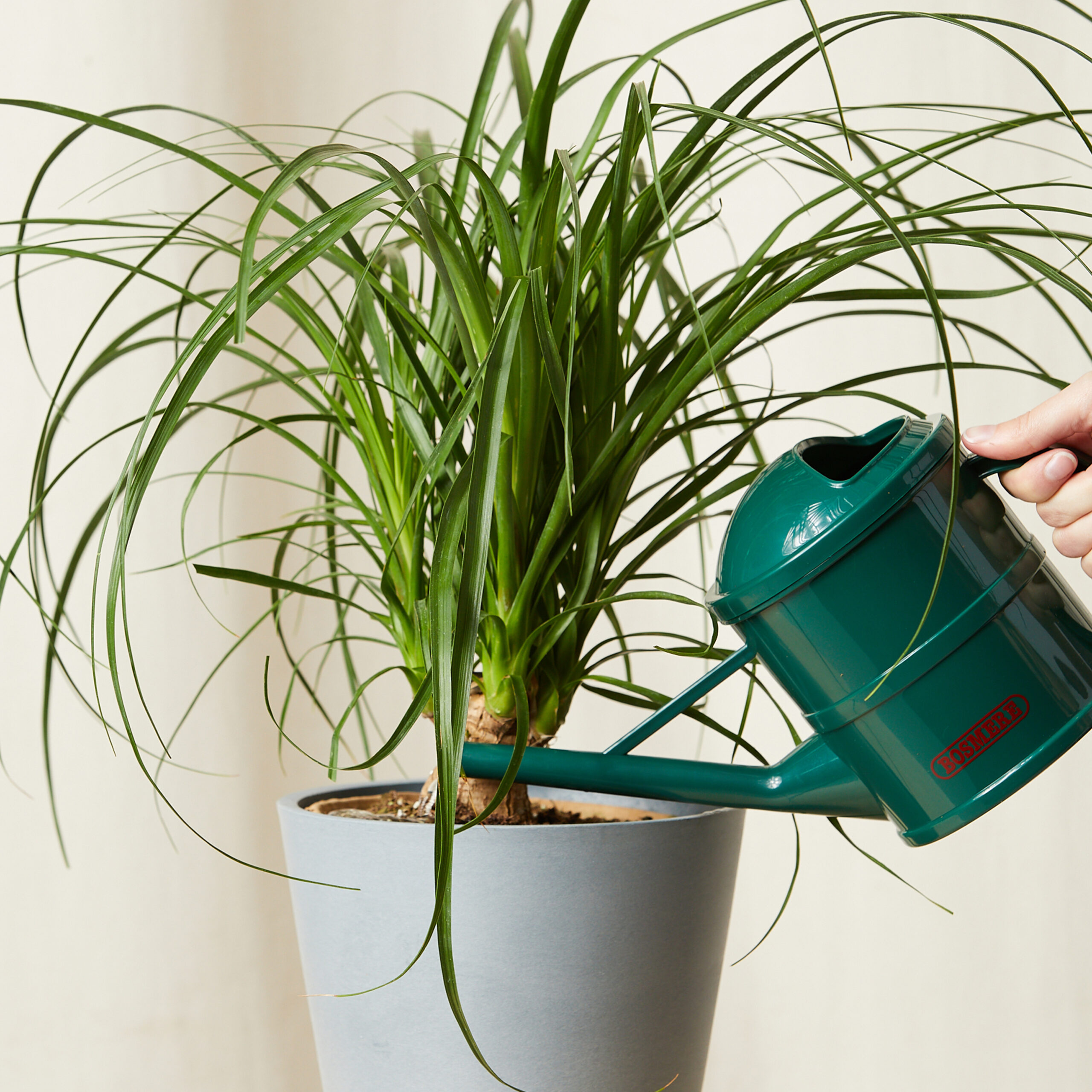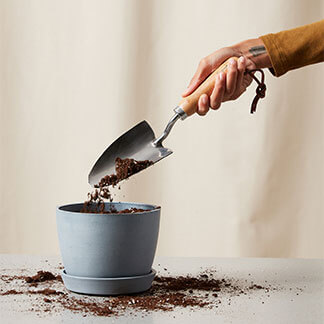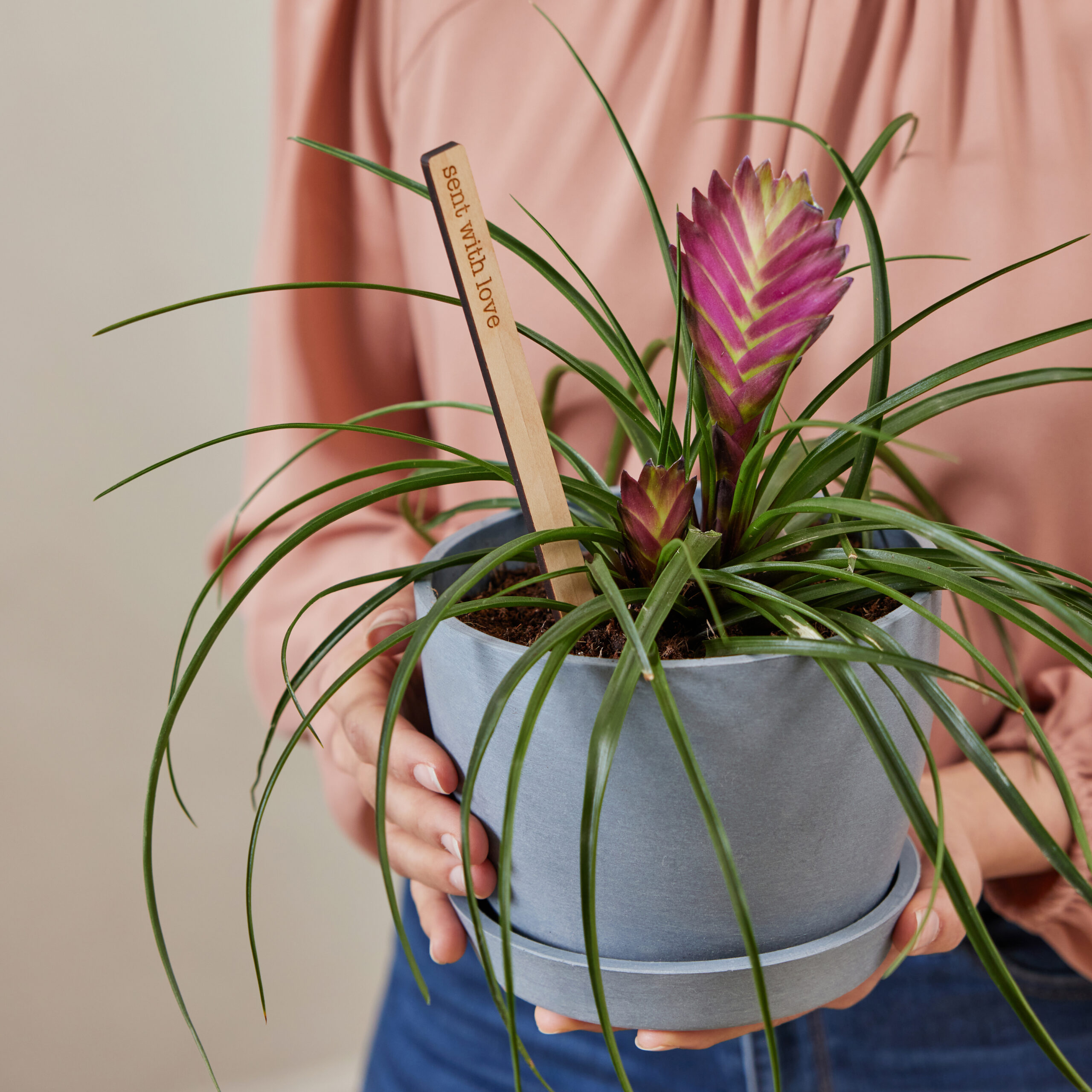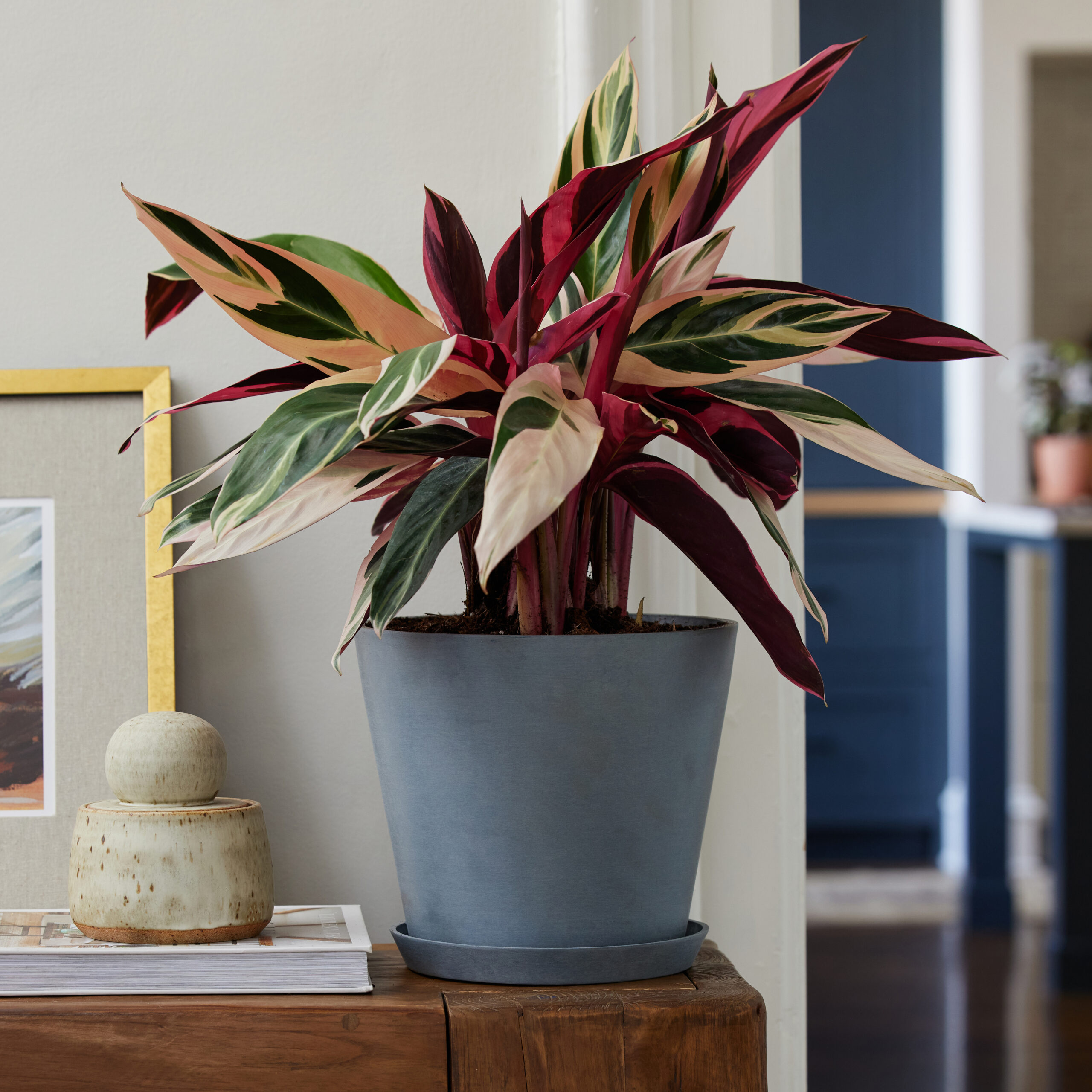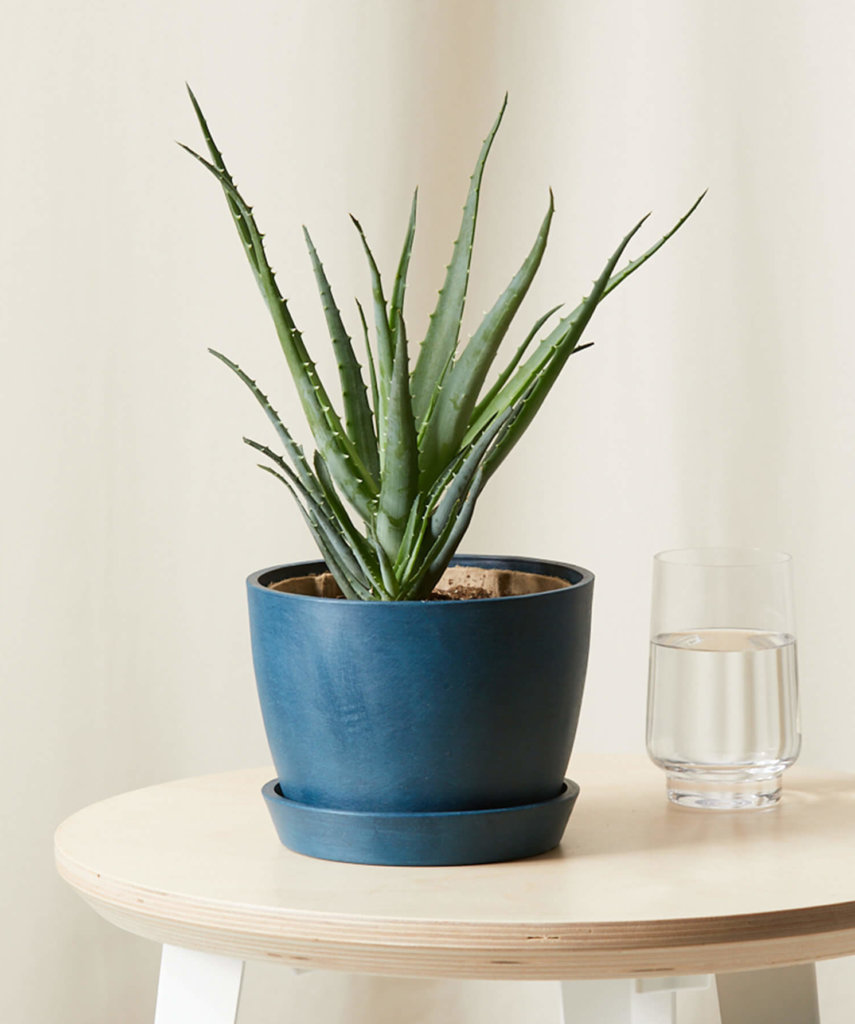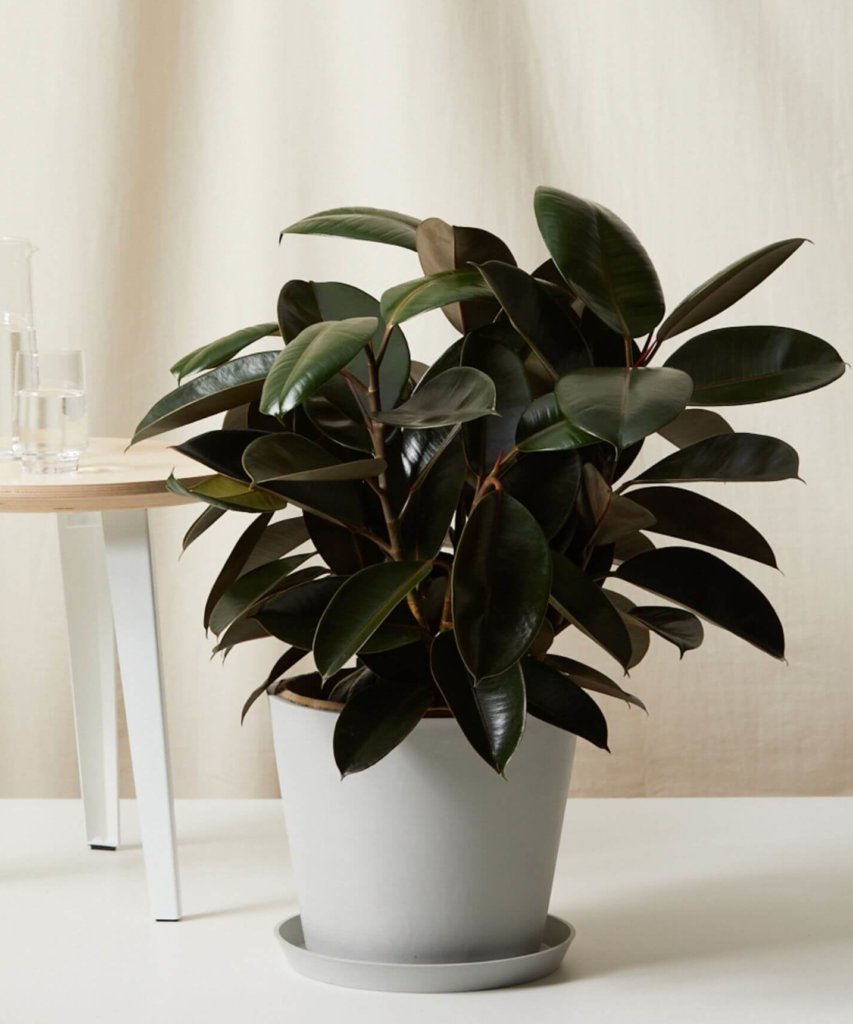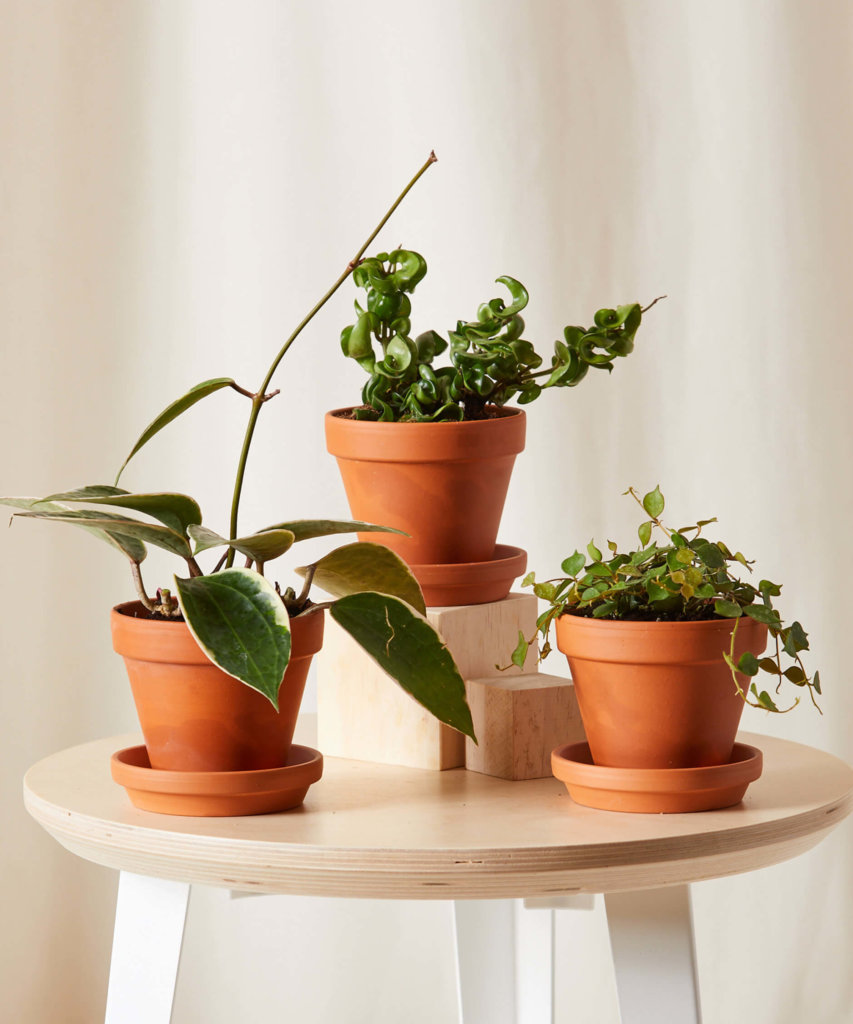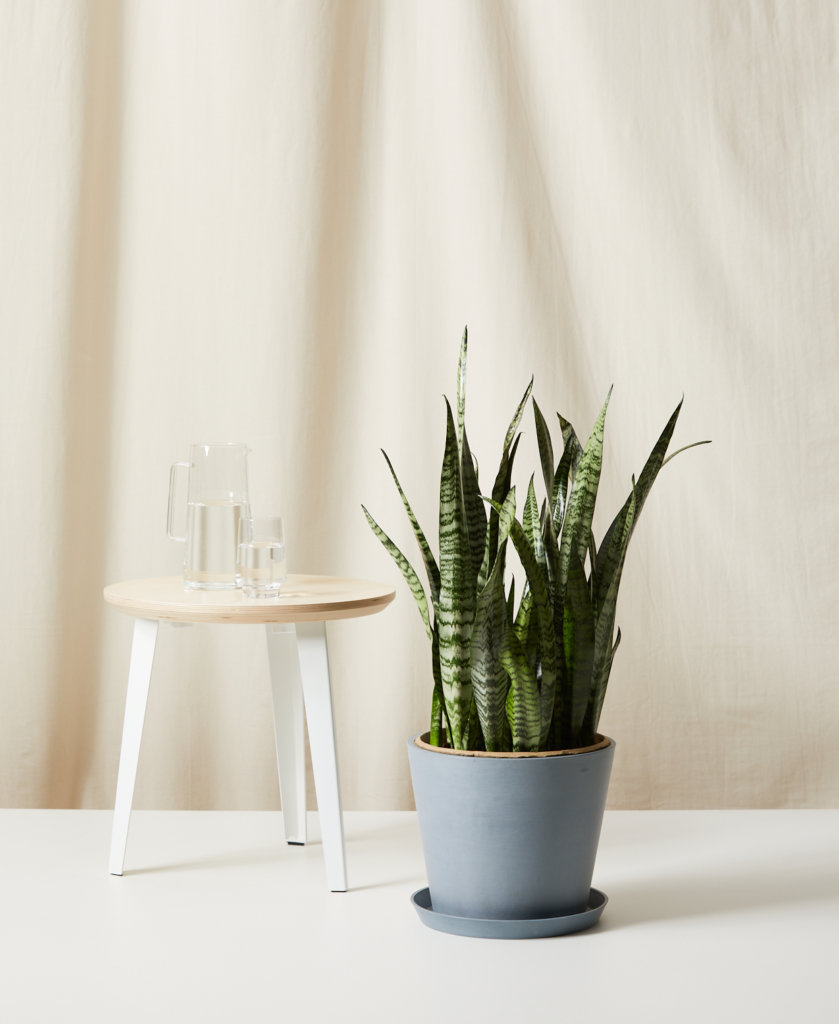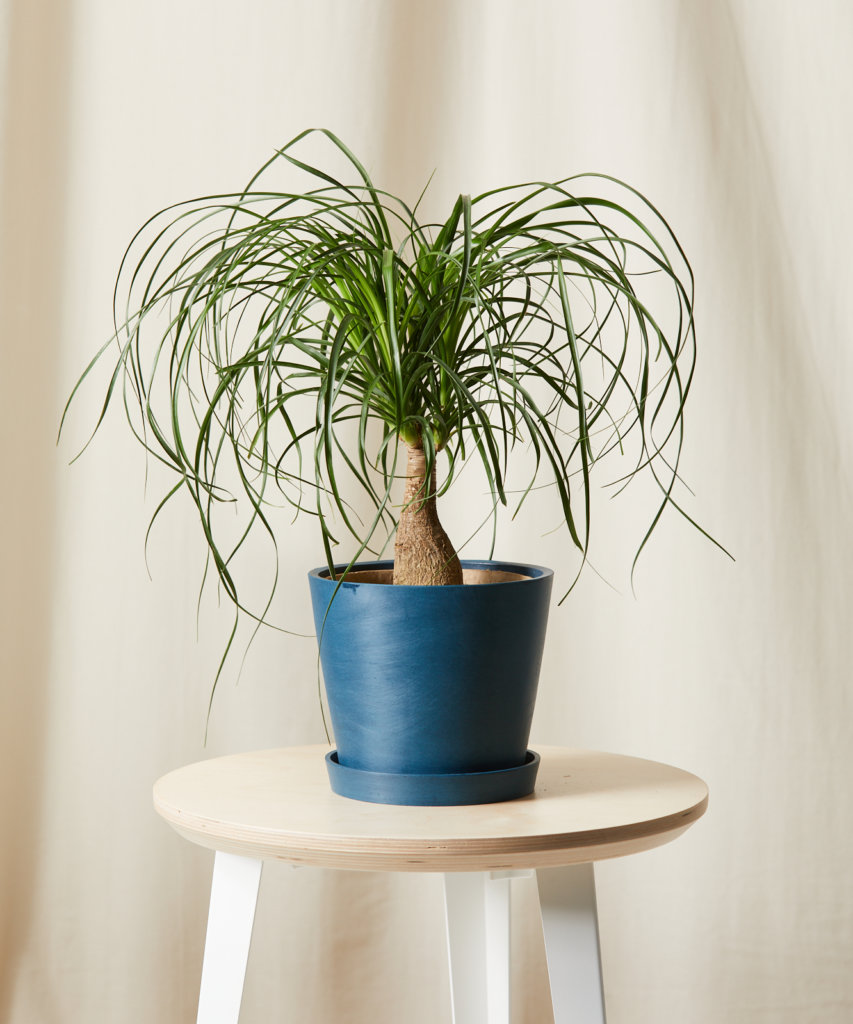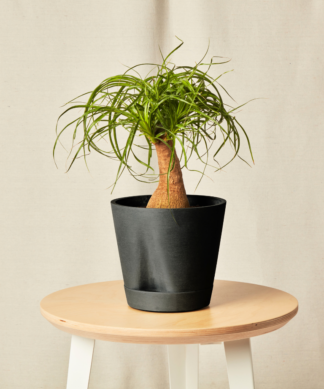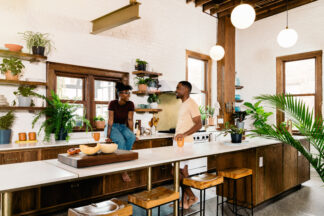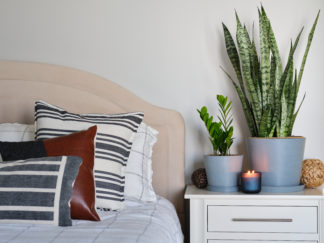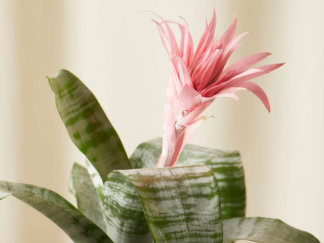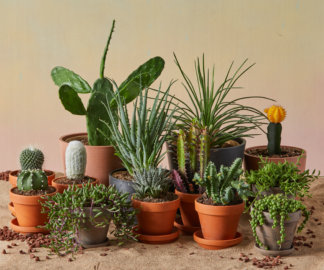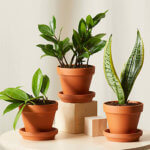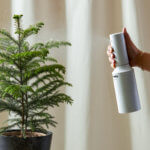Green Living
12 Simple Plants to Curate an Indoor Succulent Garden
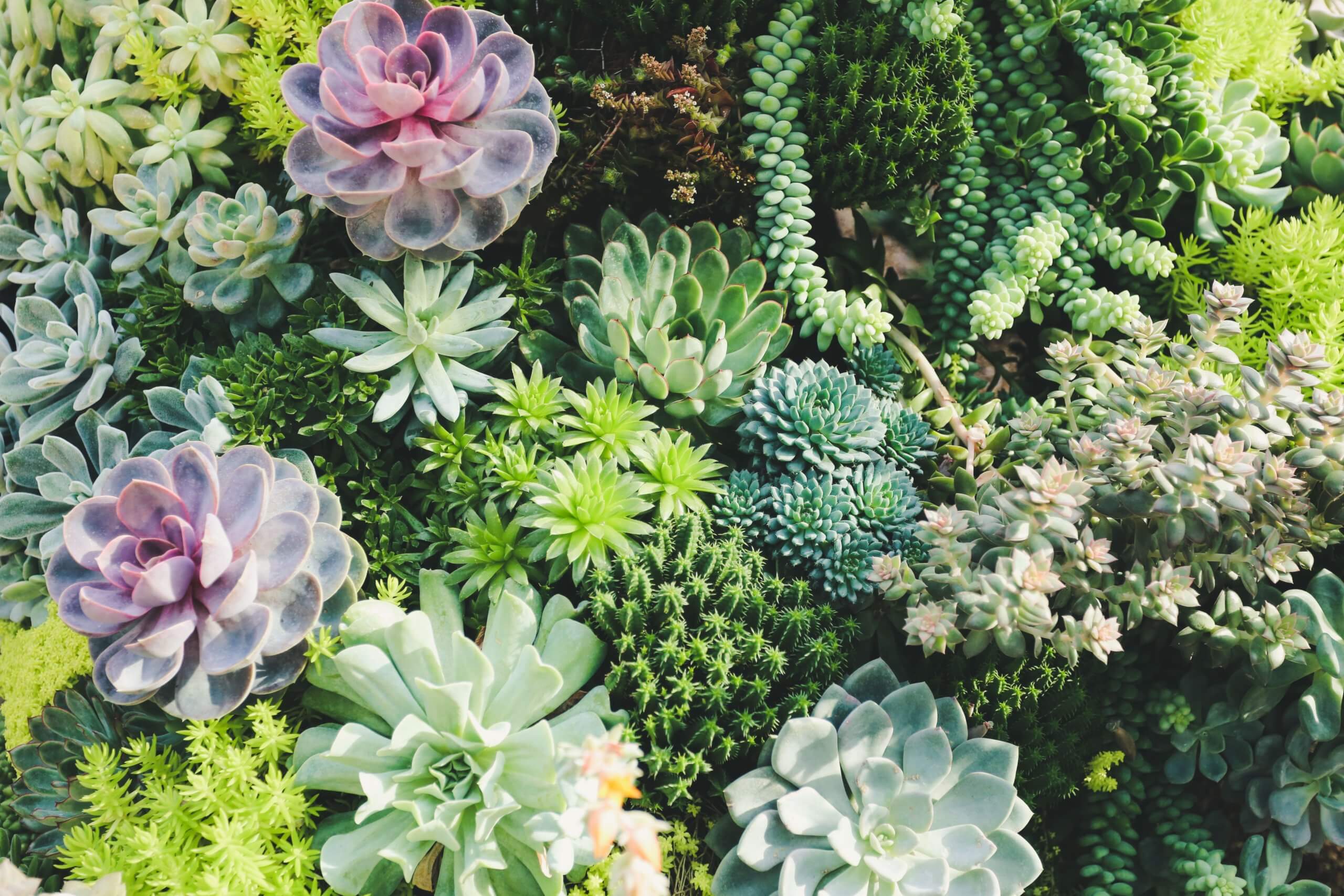
There’s nothing more relaxing than tending to an indoor succulent garden. Not only can you curate the perfect collection since succulents come in all shapes, sizes, textures, and colors, but growing succulents indoors is easier compared to caring for many other plants. That’s right — black-thumb gardeners rejoice! A lush indoor garden is within your grasp. Read on to learn why you should have an indoor succulent garden and how to make sure it thrives.
Benefits of Indoor Succulent Gardens
- Versatile decor: Small succulents can fit pretty much anywhere. On your desk? Check. On your bookshelf? Check. On top of your toilet tank? Check. Plants can go a long way in transforming your drabbest corners.
- Improves the air quality of your home: All plants will clean the air inside your home to some degree, but succulent plants are practically air scrubbers. Their leaves remove harmful gases like benzene and ammonia from the air in your home.
- Improves your concentration: Here’s another reason to decorate your desk with succulents: studies have shown that people who work next to plants are more productive than people who don’t.
- Reduces stress: Research shows that taking care of plants helps reduce stress. The simple act of caring for another living thing helps you recover from everyday life.
Ready to start your own indoor succulent garden? Keep reading for our take on basic succulent care tips, and a list of some of our favorite and easy-to-grow succulents to help you get started.
Considerations and Tips to Care for Succulents
Succulents are easy-care plants when you follow a few simple guidelines outlined below. If you’re looking for care instructions for a specific plant, check out our succulent care guide.
Succulent Planters
Not just any old potting soil will do when growing succulents. Any soil mix you use needs to mimic the dry environments to which succulents are native. Your soil should be well-draining by incorporating dry elements such as coarse sand or perlite/pumice.
Make sure the pot or planter you use for a succulent has a drainage hole so that excess water can drain out. Succulents are particularly susceptible to root rot, particularly if water is allowed to pool at the bottom, so drainage holes are a must.
When to Water Succulents
Succulents can handle long periods without being watered — you’re actually more likely to kill succulents by overwatering them rather than underwatering. As a general rule of thumb, water your indoor succulents every two to three weeks.
In terms of how you water your plants, succulents prefer a “soak and dry” method where you wait until the soil is completely dry before watering, and then slowly drench the soil until water starts trickling out of the drainage hole. You can also place your succulent pots in a tray of shallow water for 20 to 30 minutes to allow them to slowly soak up water from the bottom of the pot. You should also avoid watering the leaves directly as this can potentially cause rot.
Can You Grow Healthy Succulents in Terrariums?
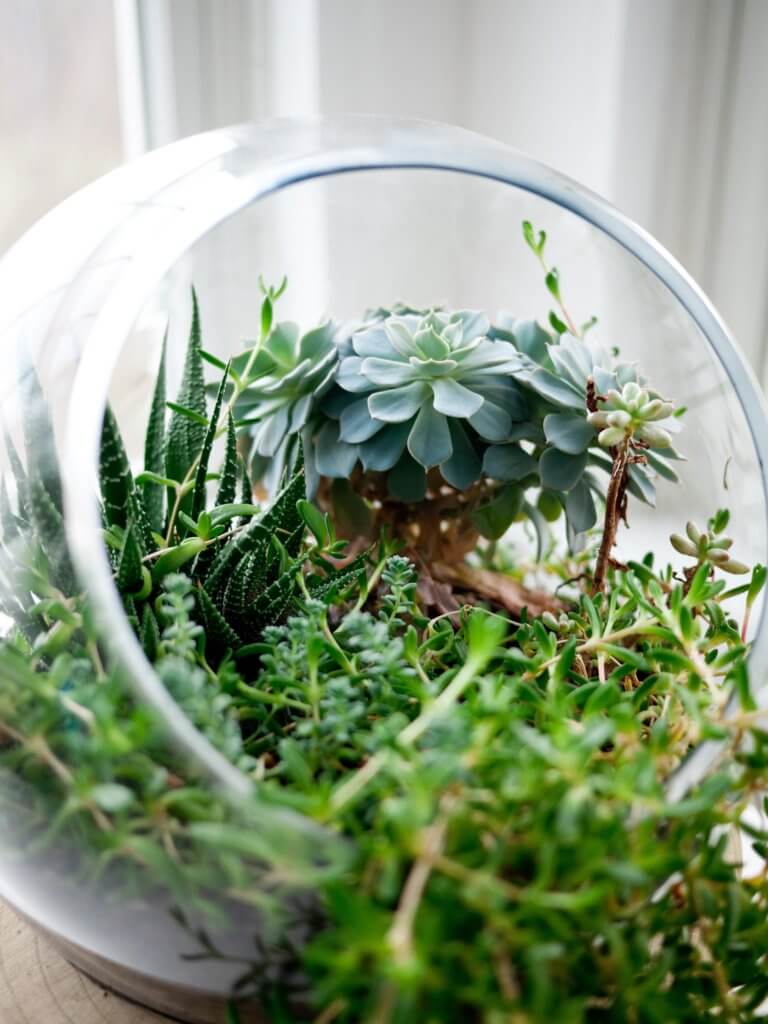
Terrariums are beautiful and can make for a fun craft, but it can be tricky to keep succulents alive in them compared to growing them in a pot. Succulents prefer low humidity, so be mindful of airflow and humidity levels in your terrarium if choosing to house your succulent plants in one.
You’ll also need to be especially careful when watering because there are no drainage holes. Rather than pour in water, you may be better off watering with a spray bottle or letting a small ice cube melt in the terrarium. Sop up any excess water with a paper towel.
Our 12 Favorite Succulents to Start Your Indoor Garden
Aloe ‘Pepe’
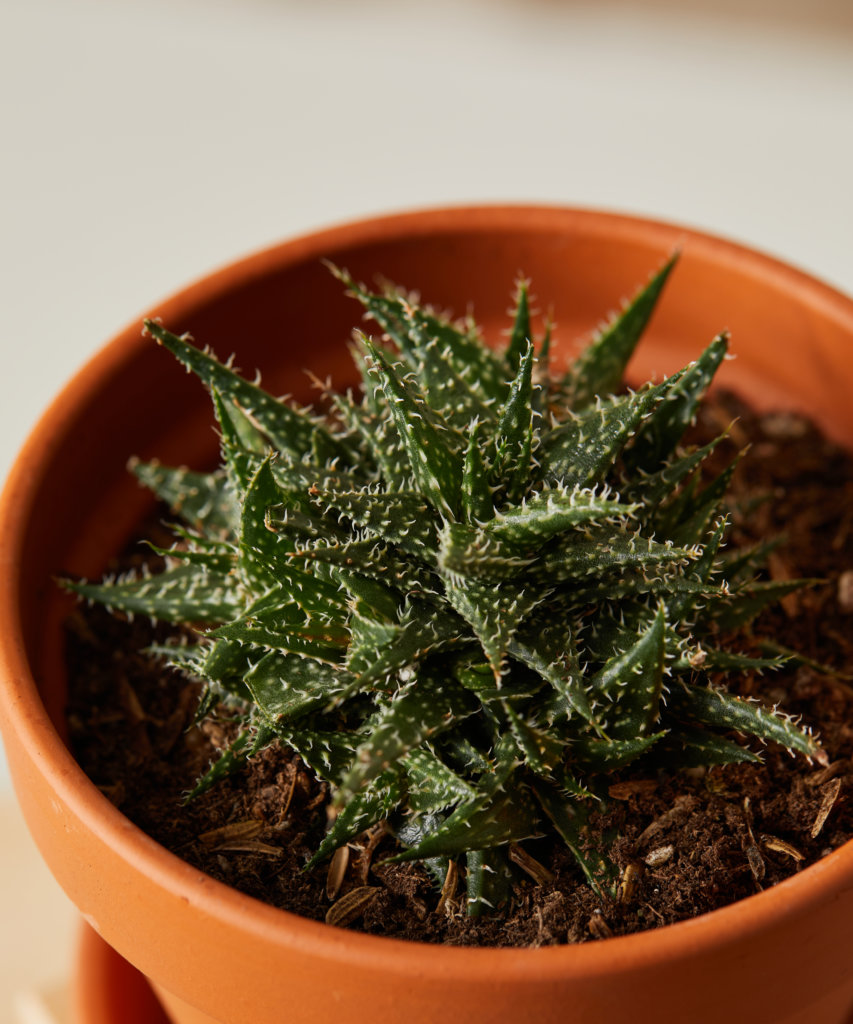
Aloe ‘Pepe’ is a dwarf aloe hybrid with dark green leaves about 2 inches in diameter with several offshoots. When it’s healthy and happy, it can grow flower stalks that sprout red-orange flowers.
Aloe jucunda
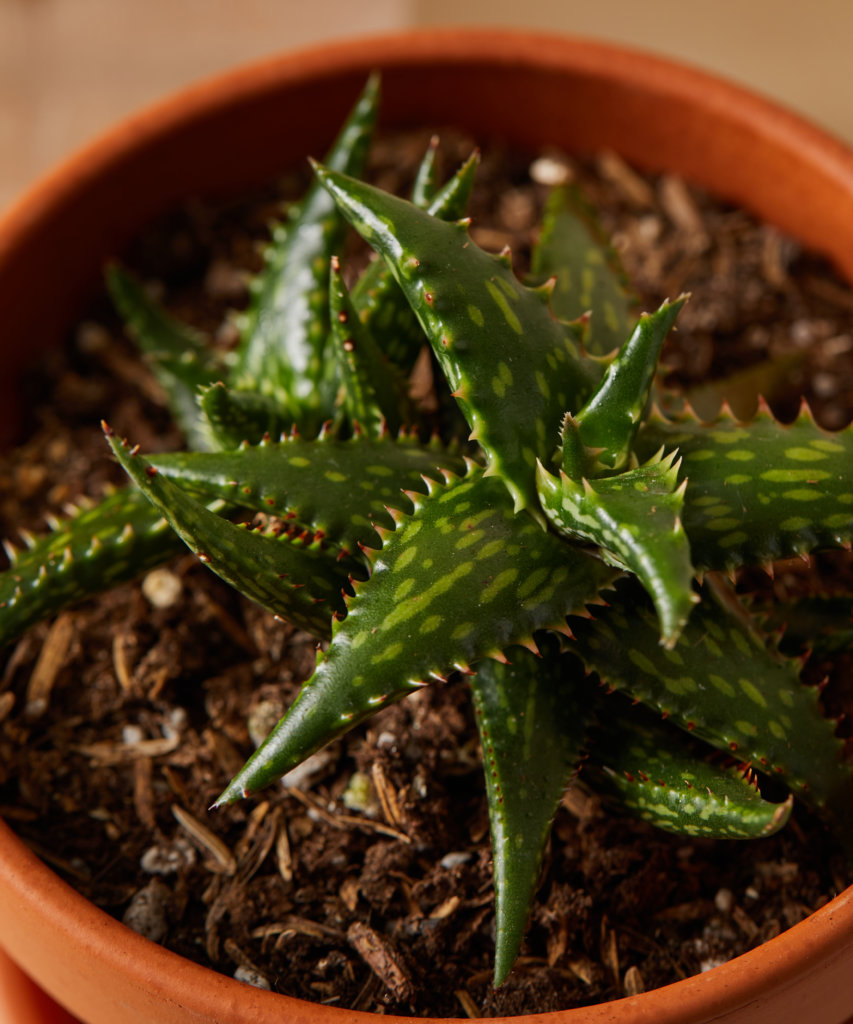
Aloe jucunda is an attractive and slow-growing aloe. It is a true desert survivor that can stand to miss a watering or two. Boasting small, flat rosettes, this succulent has bright green leaves with small teeth along their edges and white spots. In the springtime, you can expect your Aloe jucunda to bloom with pink flowers.
Like its popular cousin Aloe vera, Aloe jucunda traditionally has been used to heal a wide variety of skin and gastrointestinal ailments.
Hedgehog Aloe
Hedgehog Aloe is a very forgiving succulent, making it a perfect plant for hectic households or first-time plant owners. This plant makes an impression with its blue-green leaves, and will often produce unique spikes of coral-red flowers in the spring and late summer.
Zebra Haworthia
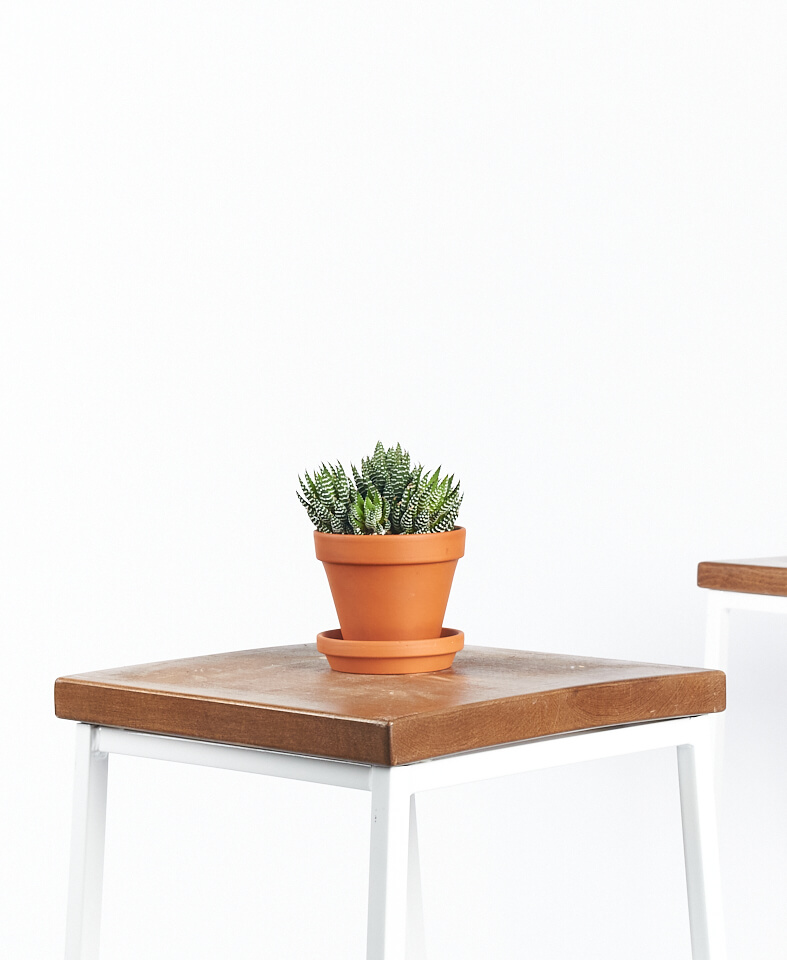
Haworthia succulents are in the same Asphodeloideae family as Aloe, but Haworthia grows even more slowly than Aloe and doesn’t tend to get as large — meaning it requires less water than its Aloe cousins and is even harder to kill.
The Zebra Haworthia derives its name from its attractive pattern of bumps that look like stripes. This plant will grow to be about 8 inches tall and produces white flowers in the spring blooming season.
Burgundy Rubber Tree
The Burgundy Rubber Tree is a spectacular indoor plant with thick, glossy leaves that range from rich burgundy to almost black. It is strong and sturdy but doesn’t like change — so pick a bright spot and let it do its thing!
This rubber plant is native to the rainforests of India and South America, and it can quickly adapt to indoor conditions. Given enough bright light, ample humidity, and careful watering, your rubber tree will thrive in your home, filling the corner of a room within a few years.
Hoya
Hoya plants are some of the easiest indoor houseplants to care for. They are slow-growing vining plants native to tropical and subtropical Asia. They are also known as wax plants due to their thick and shiny foliage.
As hoyas mature, they produce clusters of sweet-smelling, star-shaped flowers. Hoya ‘Heart’ is a popular variety known for its heart-shaped leaves.
Jade Plant
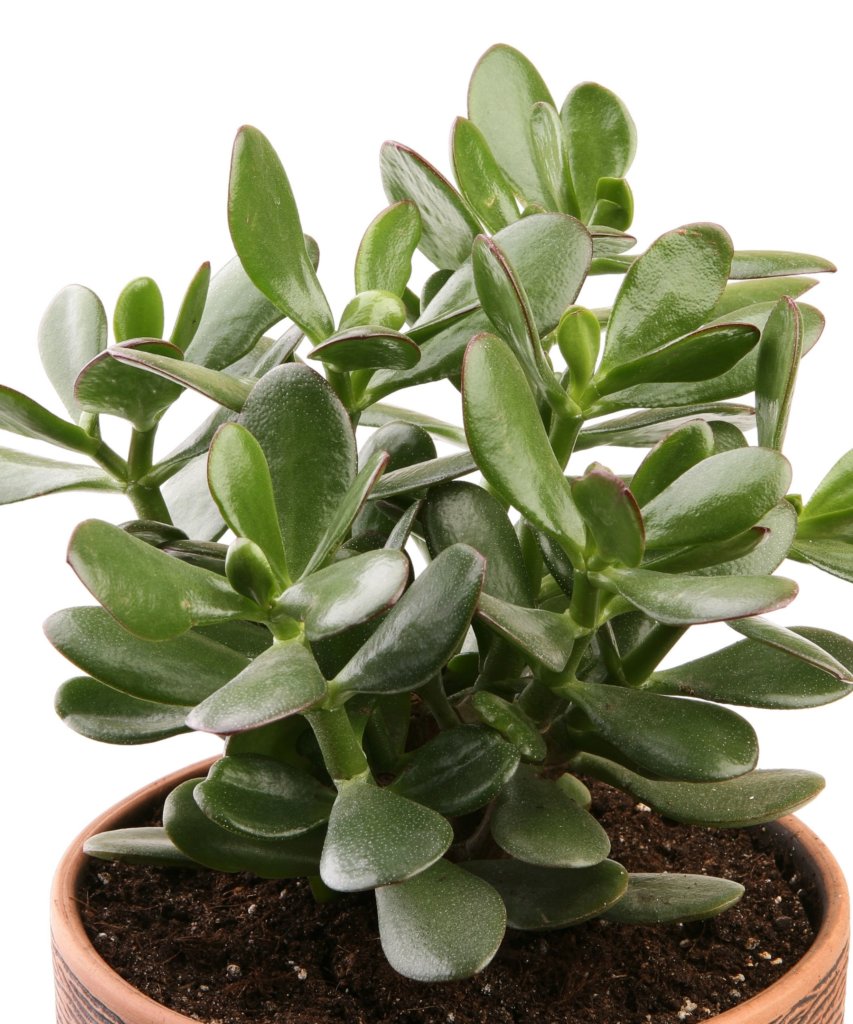
A jade plant, or money plant as it’s sometimes called, is a lovely branching succulent with small round and green leaves that sometimes have a red tinge on the edge. As new stems on your plant grow, they’ll become brown and woody with age.
Snake Plant
Snake Plants have stiff, sword-like leaves, and their architectural nature makes them a natural choice for modern and contemporary interior designs.
If you’re looking for an easy-care houseplant, the Snake Plant is right for you. This hardy plant remains popular because of its adaptability to a wide range of growing conditions. It can withstand full sun and handle low light, though it will do best in indirect sunlight. And because the Snake Plant is native to the arid deserts of West Africa, it does not require much water, especially in the winter.
NASA research has shown that Snake Plants purify and clean indoor air by removing toxins such as formaldehyde and benzene. Since they produce oxygen mainly at night, they make for excellent additions to your bedroom.
Ponytail Palm
The Ponytail Palm is a drought-tolerant and slow-growing plant that makes plant care no fuss and simple. Ideal for those new to plant ownership or who are looking for a low-maintenance plant, the Ponytail Palm will be happy where it can soak up the sunlight with waterings every couple of weeks.
The Ponytail Palm is neither a palm nor a tree—it’s actually a succulent and a member of the Agave family. Native to the deserts found in southeastern Mexico, this plant’s trunk is used to store water.
Panda Plant
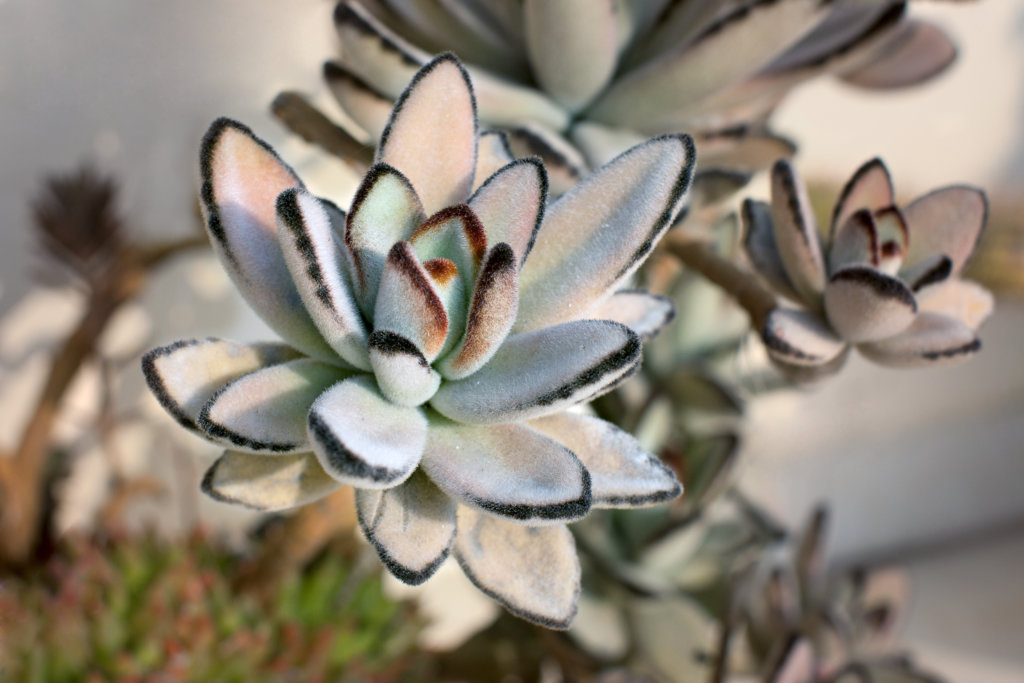
This attractive fuzzy plant has the appearance of panda markings with brown-red areas on the edges of its thick leaves. Tiny hairs help deflect light to prevent the leaves from burning and to help prevent excess moisture from clinging to the plant.
Two-row Stonecrop
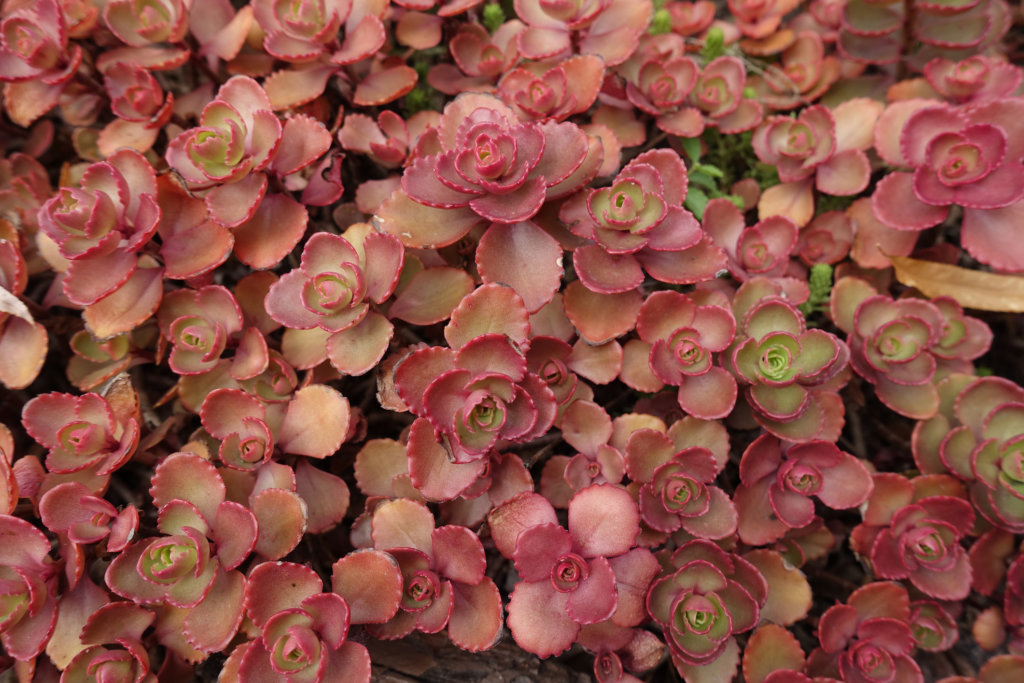
This succulent has a unique look with round, fleshy leaves bunched together in a star-like shape; it also can sprout pale pink flowers if grown in the right conditions. The Two-row Stonecrop grows quickly and is particularly tough, with the ability to ride out periods of drought as well as frost.
Flaming Katy
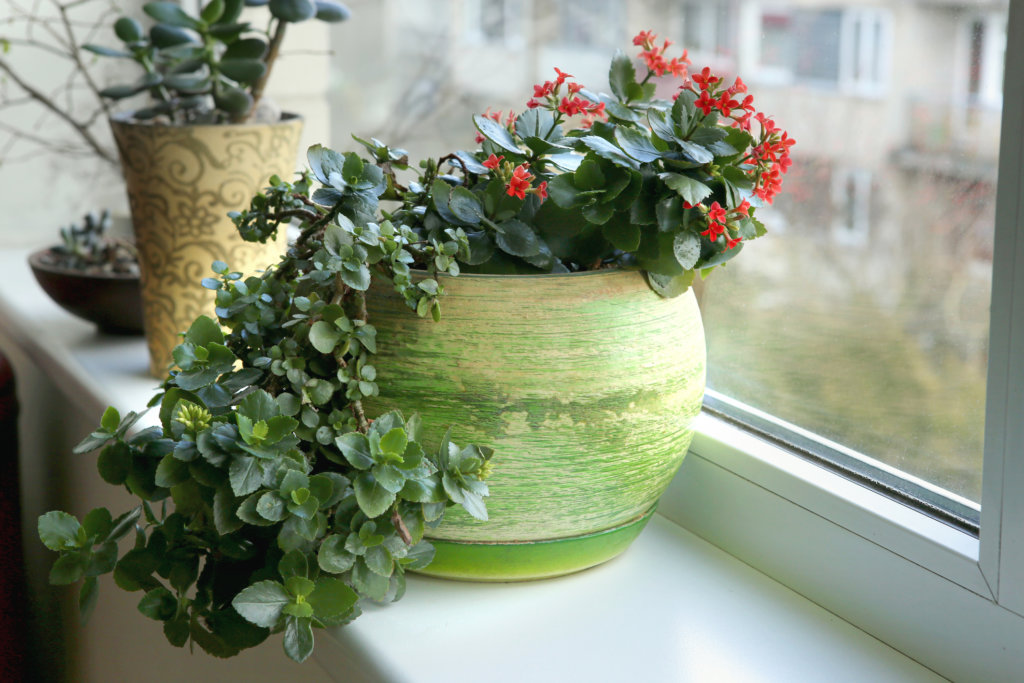
Often found in garden centers, this vibrant succulent has thick, waxy leaves similar to a jade plant, and has flowers of varying colors including pink, yellow, orange, and red. They are very sensitive to overwatering, however, so only water when the top few inches of soil are dry.
